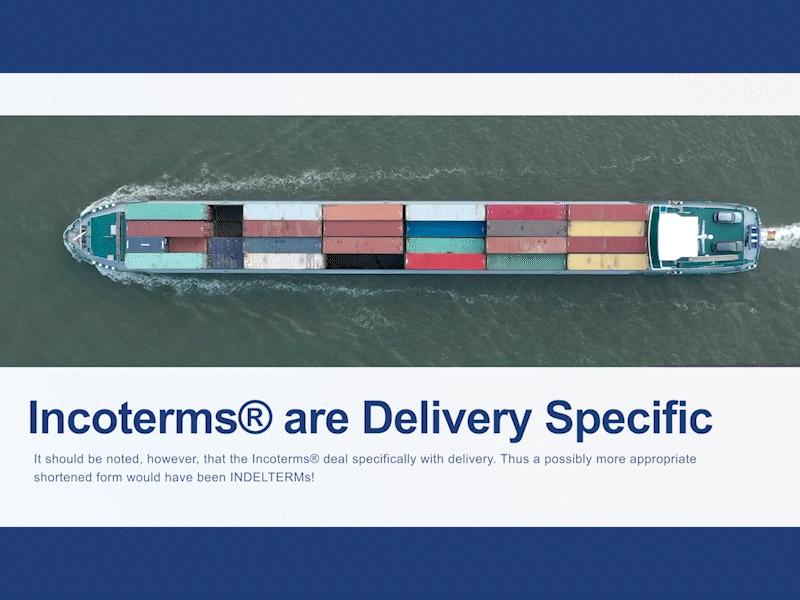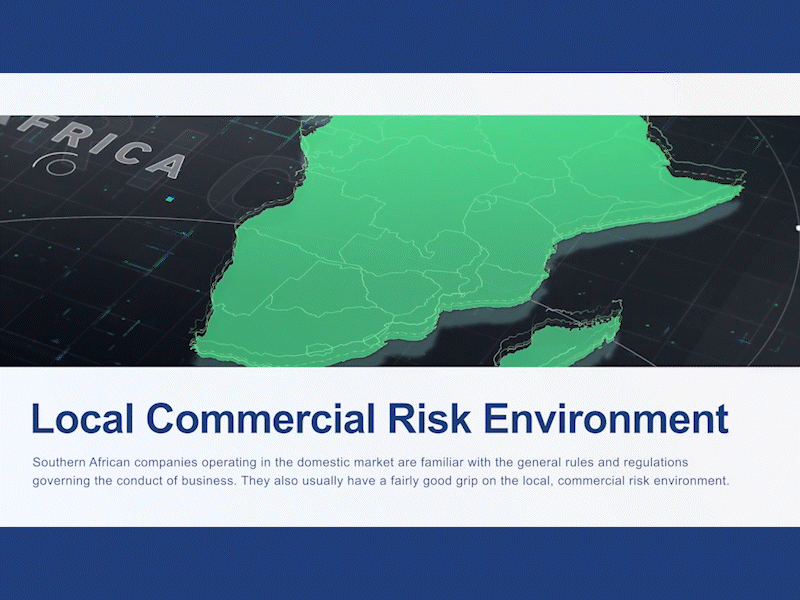Regardless of its level of development, every country in the world engages to some degree in international trade. All countries sell their wares to other countries which have a need for them, and they purchase from other countries those goods and services that they cannot produce locally. Factors that influence this trend range from the extent of a country’s natural resources and differing climatic conditions, to its production capabilities and the level of sophistication of its infrastructure (transport, energy, health, education, etc.)
What a country sells to other countries, and purchases from them, is affected by its level of development. The more developed a country, the more sophisticated the products and services it has on offer to its trading partners. The less developed a country, the more likely its offerings will be limited to basic commodities and services, such as mineral ores, agricultural produce and tourism.

Why Categories of Country Development Matter
All countries aspire to a higher ranking on the development curve. The more sophisticated their wares, the more income they generate from selling them. This, in turn, leads to more money flowing into the fiscus which enables a country’s government to invest in infrastructure which leads to greater employment opportunities for its people. The country as a whole becomes wealthier, its citizens benefit from improved living conditions and its development ranking improves.
By categorising countries into different levels of development, we are able to better determine the composition of their international trade and thus figure out whether or not they will provide an export market for our particular goods or services. Least developed countries, for example, will provide a market for basic manufactured products and services, newly industrializing economies will require raw materials and components, and first world countries will be looking for sophisticated (and often luxury), finished manufactured products.
Potential International Trade Challenges
Challenges to international trade arise where your target export market has a domestic industry that is producing similar goods to yours. Where this is the case, you are likely to come up against various levels of protectionism that will erode the competitiveness of your products. This protectionism can manifest itself in the form of tariff barriers, i.e. high duties levied on certain products at the time of their importation, or non-tariff barriers such as onerous standards compliance requirements and government subsidization of local industries.

All these issues are covered in much more detail in our free and comprehensive online training course which has been developed by Trade Forward Southern Africa in association with The International Trade Institute of Southern Africa (ITRISA). Click the links below to sign up for free.
To sign up to the School of Export CLICK HERE.
If you already have a profile, CLICK HERE to login to begin the module.










Leave a Reply